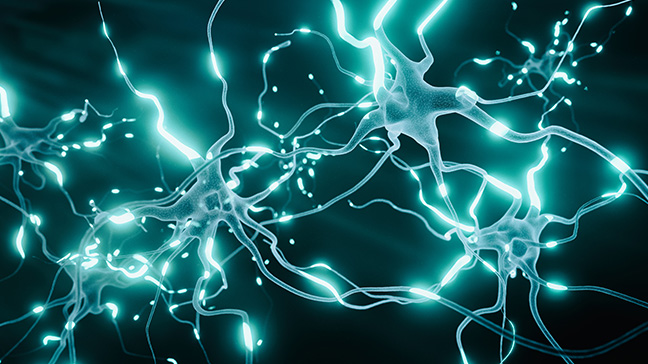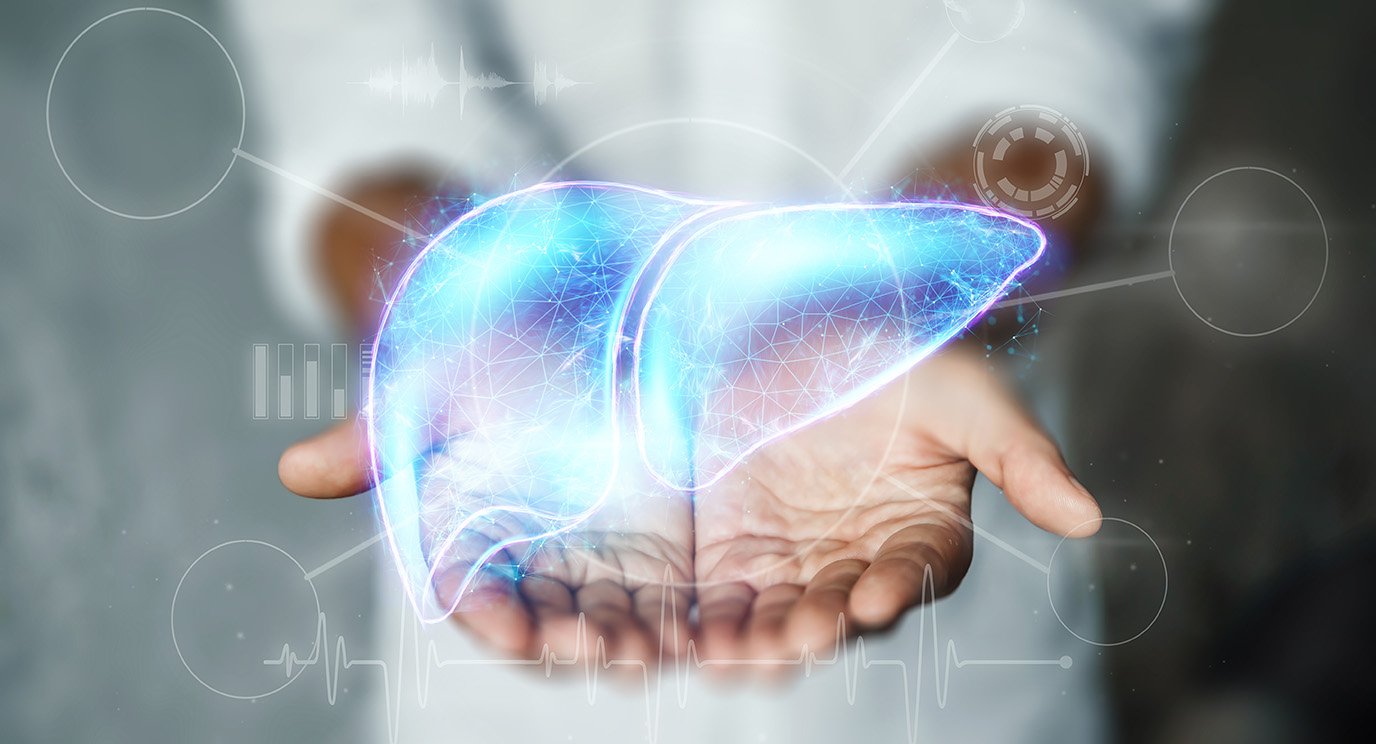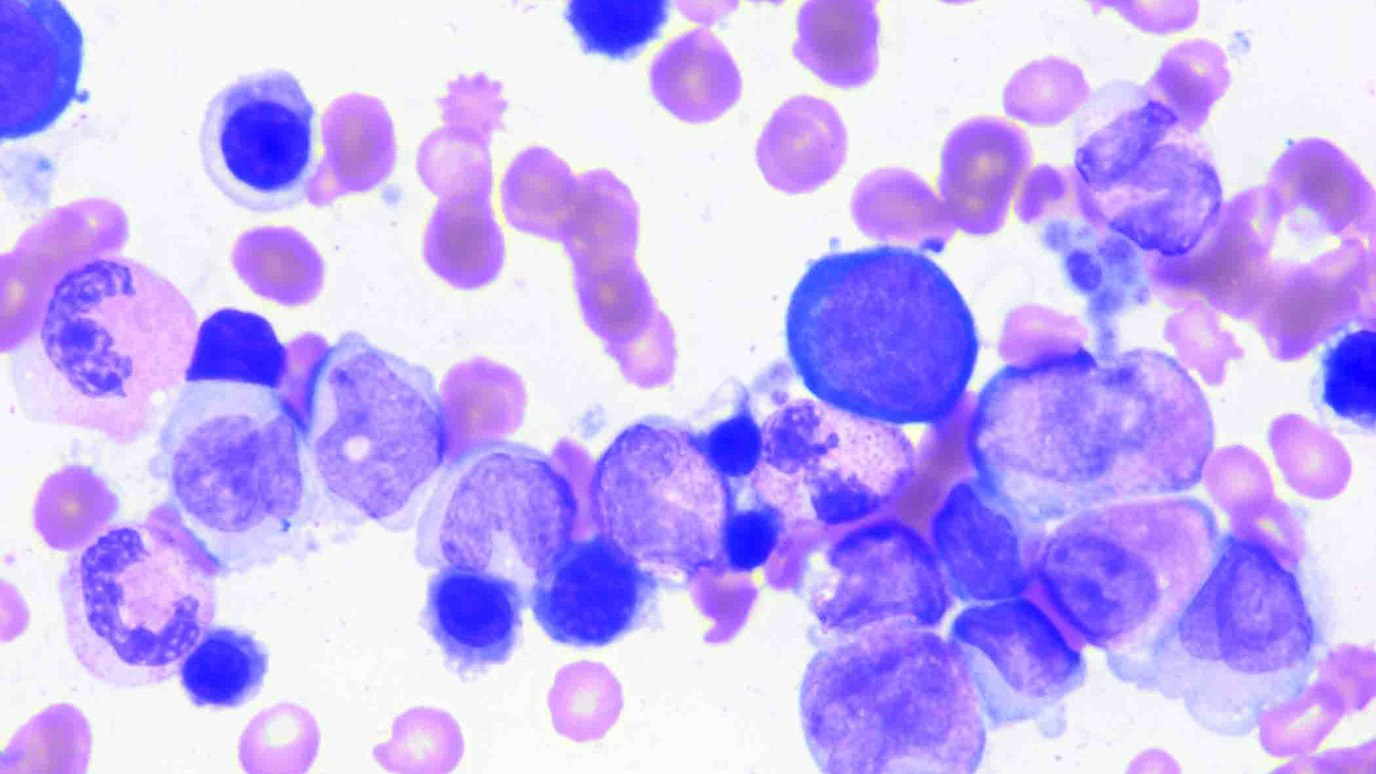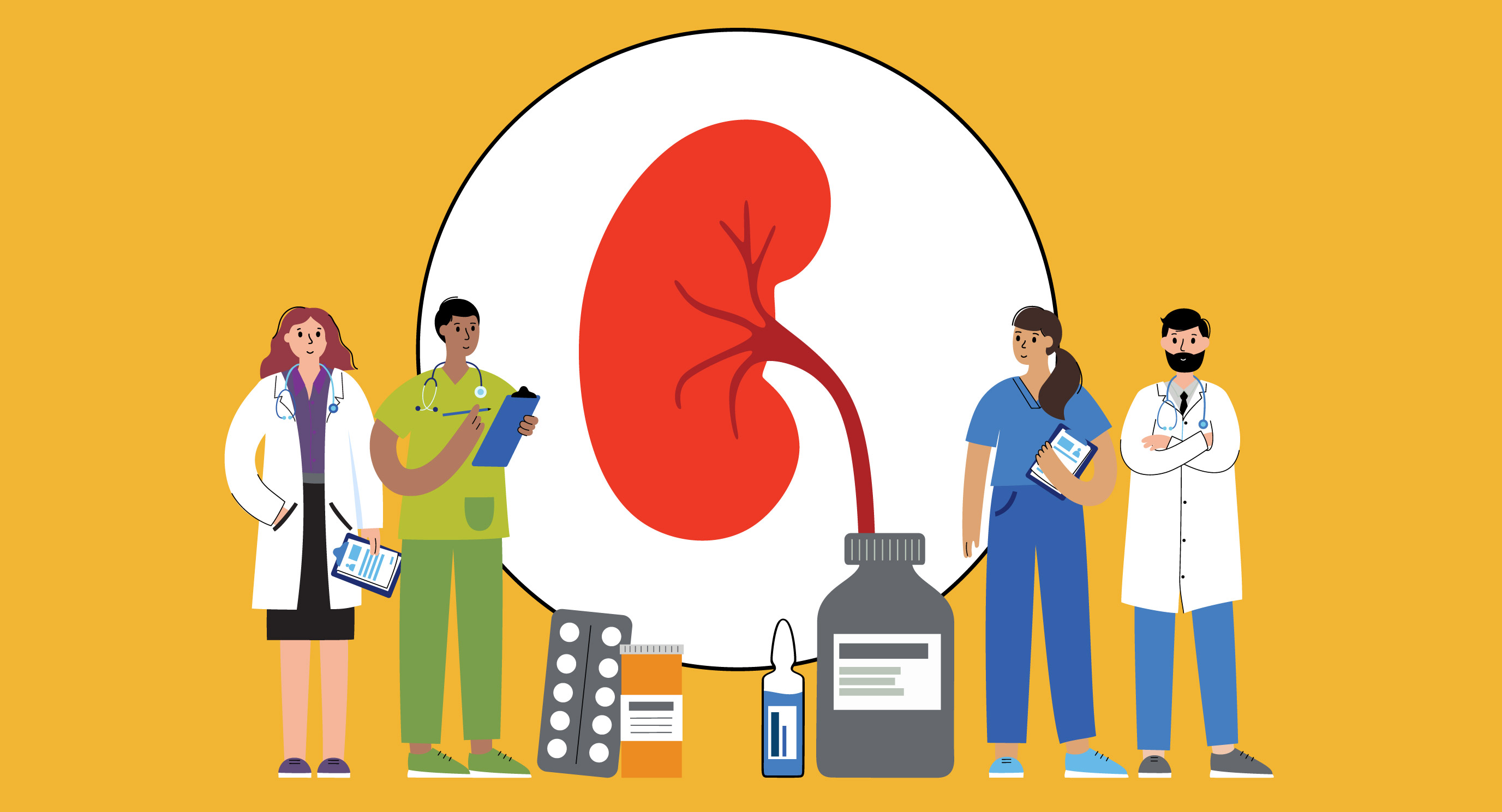- Diseases
- Acoustic Neuroma (14)
- Adrenal Gland Tumor (24)
- Anal Cancer (68)
- Anemia (2)
- Appendix Cancer (16)
- Bile Duct Cancer (26)
- Bladder Cancer (72)
- Brain Metastases (28)
- Brain Tumor (232)
- Breast Cancer (714)
- Breast Implant-Associated Anaplastic Large Cell Lymphoma (2)
- Cancer of Unknown Primary (4)
- Carcinoid Tumor (8)
- Cervical Cancer (158)
- Colon Cancer (166)
- Colorectal Cancer (116)
- Endocrine Tumor (4)
- Esophageal Cancer (44)
- Eye Cancer (36)
- Fallopian Tube Cancer (8)
- Germ Cell Tumor (4)
- Gestational Trophoblastic Disease (2)
- Head and Neck Cancer (12)
- Kidney Cancer (128)
- Leukemia (342)
- Liver Cancer (50)
- Lung Cancer (286)
- Lymphoma (278)
- Mesothelioma (14)
- Metastasis (30)
- Multiple Myeloma (100)
- Myelodysplastic Syndrome (60)
- Myeloproliferative Neoplasm (4)
- Neuroendocrine Tumors (16)
- Oral Cancer (100)
- Ovarian Cancer (172)
- Pancreatic Cancer (160)
- Parathyroid Disease (2)
- Penile Cancer (14)
- Pituitary Tumor (6)
- Prostate Cancer (146)
- Rectal Cancer (58)
- Renal Medullary Carcinoma (6)
- Salivary Gland Cancer (14)
- Sarcoma (238)
- Skin Cancer (296)
- Skull Base Tumors (56)
- Spinal Tumor (12)
- Stomach Cancer (64)
- Testicular Cancer (28)
- Throat Cancer (92)
- Thymoma (6)
- Thyroid Cancer (96)
- Tonsil Cancer (30)
- Uterine Cancer (80)
- Vaginal Cancer (16)
- Vulvar Cancer (20)
- Cancer Topic
- Adolescent and Young Adult Cancer Issues (20)
- Advance Care Planning (10)
- Biostatistics (2)
- Blood Donation (18)
- Bone Health (8)
- COVID-19 (362)
- Cancer Recurrence (120)
- Childhood Cancer Issues (120)
- Clinical Trials (630)
- Complementary Integrative Medicine (22)
- Cytogenetics (2)
- DNA Methylation (4)
- Diagnosis (232)
- Epigenetics (6)
- Fertility (62)
- Follow-up Guidelines (2)
- Health Disparities (14)
- Hereditary Cancer Syndromes (126)
- Immunology (18)
- Li-Fraumeni Syndrome (8)
- Mental Health (116)
- Molecular Diagnostics (8)
- Pain Management (62)
- Palliative Care (8)
- Pathology (10)
- Physical Therapy (18)
- Pregnancy (18)
- Prevention (914)
- Research (392)
- Second Opinion (74)
- Sexuality (16)
- Side Effects (604)
- Sleep Disorders (10)
- Stem Cell Transplantation Cellular Therapy (216)
- Support (402)
- Survivorship (320)
- Symptoms (182)
- Treatment (1786)
Young adult aplastic anemia survivor: The importance of staying flexible
5 minute read | Published August 31, 2021
Medically Reviewed | Last reviewed by an MD Anderson Cancer Center medical professional on August 31, 2021
When I was diagnosed with a bone marrow disorder called aplastic anemia in the fall of 2013, I was already in something of an “early-life crisis.”
I was only 21 years old at the time, but seven months earlier, a series of unfortunate knee injuries had forced me to walk away from what I believed would be a truly promising college football career with Texas Tech University. With that came the loss of a long-sought professional career as well. I was trying to regroup and find a new life direction.
I didn’t know what aplastic anemia was. But my local physician advised me to seek treatment for it at MD Anderson, so I did. And, today, I am thrilled to say that I am doing really well. I still don’t have my career path figured out just yet. But as I’ve come to realize, sometimes life happens as you make it, not as you plan it.
My aplastic anemia symptoms
I was on a family vacation when the first obvious symptoms of aplastic anemia arose. We were hiking through a rainforest in Hawaii, and I found myself getting extremely winded. That was pretty unusual for me, as a former college athlete. But I’d also been taking it easy for the first time in seven years, so I thought perhaps people just got out of shape much faster than I expected.
But when something as simple as sweeping the floor made me winded, too, my mother took notice. She insisted that I see our regular doctor in Austin. He took some blood samples for analysis and said he’d let me know the results. A couple of days later, he called and told me that I needed to drop everything and get to an ER right away. All of my blood counts were extremely low, so something was very wrong.
My aplastic anemia diagnosis
I did what my doctor recommended, but I was still kind of reeling from what he’d just told me. In my mind, I hadn’t really felt that bad. Just a little tired. But I ended up staying in the hospital for more than a week.
When the doctors there told me they needed to consult with an oncologist, my brain just couldn’t process it. Intellectually, I knew what that word meant and that it had to do with cancer. But it just didn’t sound like something I should have. That was not in my life plan. Especially not at age 21.
Ultimately, I was diagnosed with aplastic anemia, which isn’t exactly cancer. But it concerns the bone marrow and its failure to produce enough healthy blood cells, so it’s treated in a very similar fashion.
My local doctors recommended that I go to MD Anderson. I didn’t object. I actually wanted to do that, too, because I was aware of its reputation. And once the word “cancer” came into play, I was determined to be seen by the experts.
My aplastic anemia treatment
At MD Anderson, I met first with Dr. Naveen Pemmaraju, a hematologic oncology specialist. He recommended chemotherapy to destroy the malfunctioning bone marrow and then a stem cell transplant under Dr. Elizabeth Shpall to kick-start my immune system again.
My younger sister turned out to be a good tissue match. So, I had a week of chemotherapy, then an infusion of her stem cells during a transplant procedure on Oct. 1, 2014.
Ultimately, the transplant was successful. But within a month or two, I developed a side effect called GVHD, or graft vs. host disease. Mine was primarily on my skin and in my liver. That meant I felt itchy all the time and my liver enzymes were much higher than normal, indicating that the organ was under stress.
Dr. Shpall, who specializes in GVHD, treated me for that condition using various methods, including tacrolimus, an anti-rejection drug; prednisone, an oral steroid that fights inflammation; and extracorporeal photopheresis, a process in which blood is siphoned out of the body, treated with a special agent that makes the antibodies that cause GVHD sensitive to ultraviolet light, and passed through a special machine. That device exposes the blood to ultraviolet light, which destroys the antibodies. Then, the blood is returned to the circulatory system.
Dealing with the side effects of aplastic anemia treatment
I’ve noticed a marked improvement of my GVHD symptoms under Dr. Shpall’s care. And today, I am doing really well. I can’t quite say that I’m done with GVHD yet, but I’m off most of the medications I needed to treat it.
At one point, I was taking many pills a day for various things. Now, I’m down to just two. I still take a drug called ursodiol to protect my liver, and an antiviral medication called valacyclovir, because I’m still somewhat immunocompromised. But I’m in the process of weaning off of those, too.
Why I’m still hopeful after my aplastic anemia diagnosis
After taking some time off for my treatment, I finally earned my degree in wind energy during the summer of 2016. I haven’t gotten a job in that industry yet. But I remain hopeful for the future, and optimistic that I will find a career that is meaningful to me. My aplastic anemia diagnosis and treatment put some kinks into my plans that I wasn’t expecting. But that just means I have to figure out new avenues to get what I want.
The thing I always try to keep in mind now is that life doesn’t happen on a set timeframe. So, you can’t expect situation X to happen at time Y, just because you want it to. Even if the life you actually have doesn’t exactly match the one you had mapped out in your head, that’s OK. Eventually, you’ll get to the place you need to be. And MD Anderson has given me time to get there.
Request an appointment at MD Anderson online or by calling 1-844-517-6415.
Related Cancerwise Stories

Life doesn’t happen on a set timeframe.
Desmond Martin
Survivor





